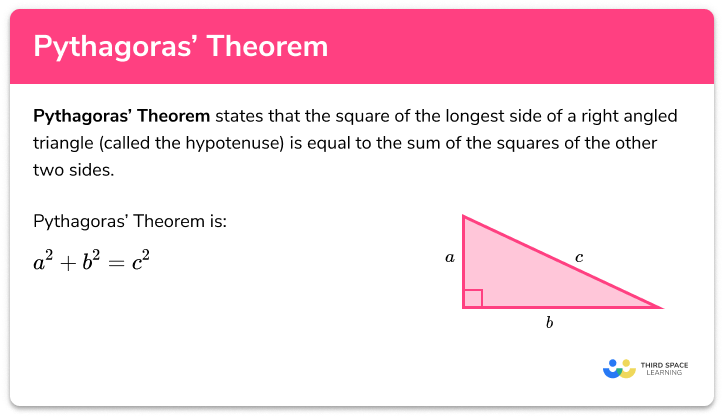FREE DOWNLOAD
Column Vectors Worksheet

Help your students prepare for their Maths GCSE with this free column vectors worksheet of 20+ questions and answers
- Section 1 of the column vectors worksheet contains 20+ skills-based column vectors questions, in 3 groups to support differentiation
- Section 2 contains 4 applied column vectors questions with a mix of worded problems and deeper problem solving questions
- Section 3 contains 4 foundation and higher level GCSE exam style column vectors questions
- Answers and a mark scheme for all column vectors questions are provided
- Questions follow variation theory with plenty of opportunities for students to work independently at their own level
- All questions created by fully qualified expert secondary maths teachers
- Suitable for GCSE maths revision for AQA, OCR and Edexcel exam boards
Column vectors at a glance
Column vectors describe a movement. The top number of a column vector is the x component – it tells us where to move in the x direction (right and left). The bottom number is the y component – it tells us where to move in the y direction (up and down). For example, the column vector of 3 on top of negative 4 in large round brackets describes a movement of 3 in the positive x direction (right) and 4 in the negative y direction (down).
A column vector can be multiplied by a scalar. When multiplying a vector by a scalar, we multiply both components of the vector by the scalar. Two vectors are parallel if one is a scalar multiple of the other. Multiplying a vector by -1 would give a vector of the same length but in the opposite direction.
We can perform vector addition and subtraction with column vectors. To do this, we add or subtract the x components of each vector and then add or subtract the y components.
The magnitude of a vector is its length. The magnitude of a column vector can be found using Pythagoras’ Theorem. By drawing lines representing the x component and y component of the vector, we can construct a right angle triangle. The magnitude is the length of the hypotenuse of the triangle formed.
Looking forward, students can then progress to additional geometry worksheets, for example the vector problems worksheet, the transformations worksheet, or the Pythagoras’ Theorem worksheet.

For more teaching and learning support on Geometry our GCSE maths lessons provide step by step support for all GCSE maths concepts.
Do you have students who need additional support?

With Third Space Learning's secondary maths tutoring programmes, students in Year 7-11 receive regular one to one maths tutoring to address gaps, build confidence and boost progress.
"My confidence in the tutoring is high. We've had some phenomenal results. I even had one girl get a Grade 8 this year; she came to every tutoring session."
Stacey Atkins, Maths Director, Outwood Grange Academies Trust








